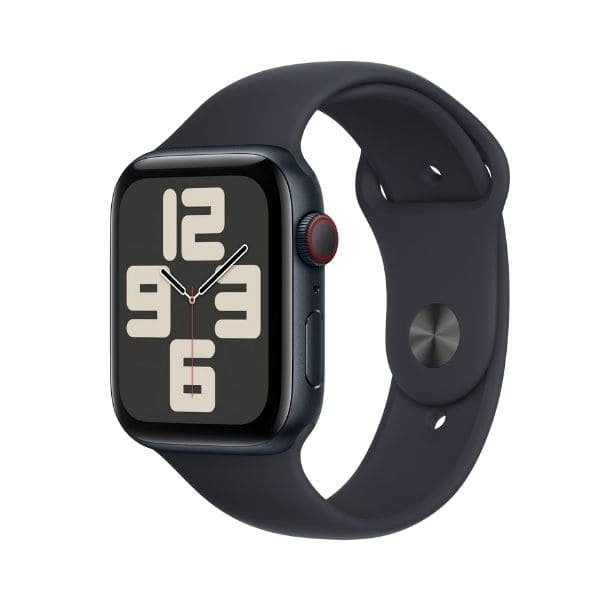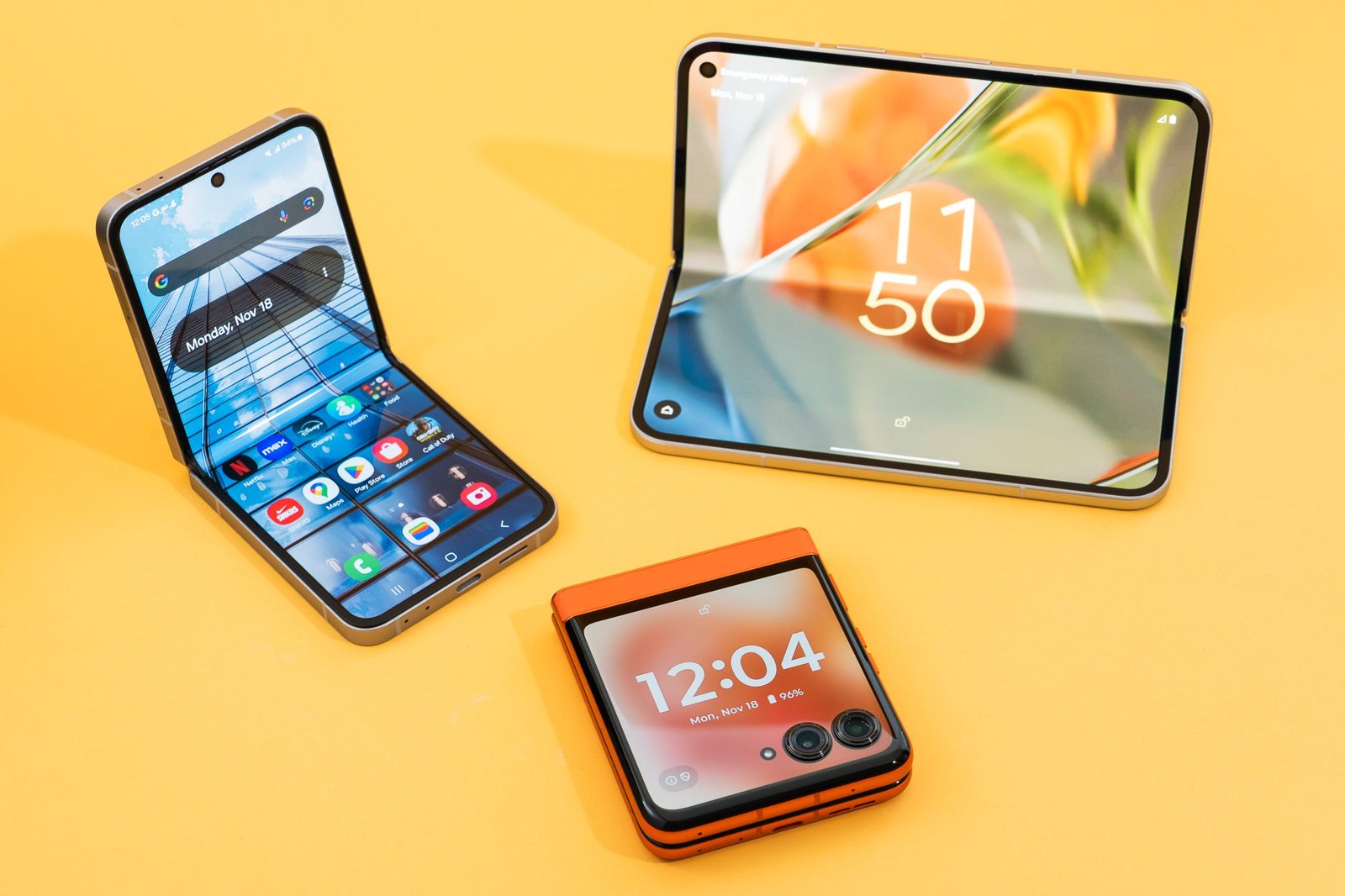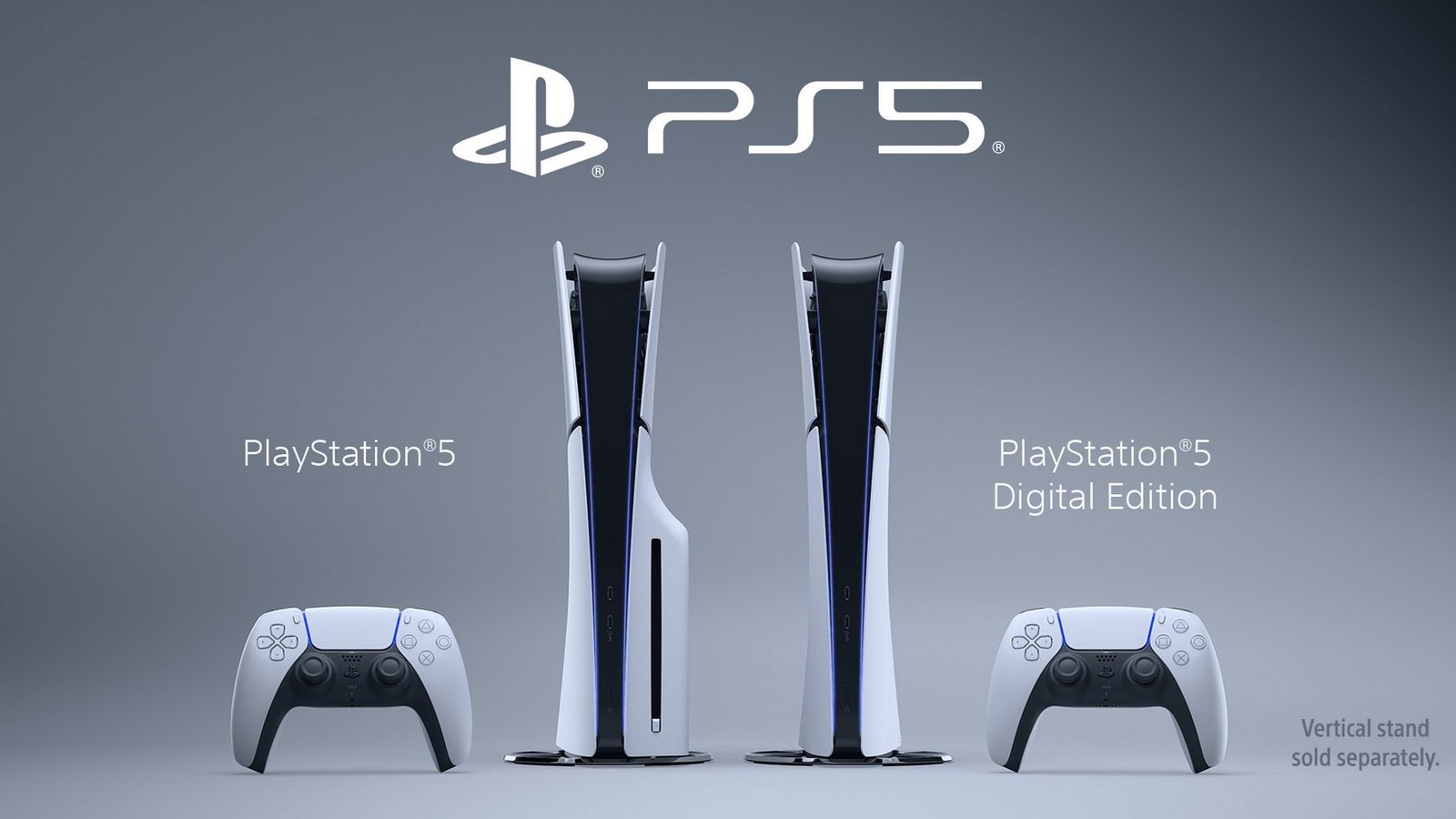Table of Contents
Let’s be honest, is the smartwatch market boring you to tears? A decade ago, the idea of a tiny, powerful computer on your wrist felt like pure sci-fi. It was the stuff of spy movies. We were promised a revolution. But today, when a new Apple Watch or Galaxy Watch is announced, the collective reaction from the tech world is often a polite nod and a quiet “Oh, that’s nice.”
The initial fire and excitement seem to have fizzled out, replaced by a predictable cycle of minor, incremental updates. The smartwatch hasn’t died; far from it. It’s just settled into a comfortable, slightly dull middle age.
So, what happened? Why has a category that promised to be the next big thing started to feel so… predictable? I think it comes down to three key reasons.
1. We’ve Reached “Peak Smartwatch” Design
Think about the first Apple Watch from 2015 and the latest model. Sure, the screen is bigger, the bezels are thinner, and it’s a bit faster. But the fundamental design—a “squircle” on your wrist—is virtually unchanged. The same goes for the circular designs of Samsung’s Galaxy Watch and Google’s Pixel Watch.
We’ve essentially landed on two shapes, and no one seems willing or able to break the mold. The experimental phase is over. Companies have figured out what works, and now they’re just refining it.
This isn’t necessarily a bad thing—the designs are functional and familiar—but it’s not exciting. Unlike the phone market, which is seeing a new wave of innovation with foldables, the smartwatch world feels visually stuck. The annual “new” model often looks so much like the old one that you have to squint to tell the difference.
Why is the Smartwatch Market Boring Us Now?
| The Problem | The Symptom | The Result |
|---|---|---|
| Design Stagnation | New models look just like old models. | Lack of visual excitement. |
| Incremental Updates | The main new feature is often a slightly better sensor. | No compelling reason to upgrade. |
| No “Killer App” | It’s a great fitness tracker and notification machine. | It’s a useful accessory, not an essential device. |
2. The Upgrades are Getting Incremental and Invisible
Remember when the Apple Watch added ECG and blood oxygen monitoring? Those were genuine, “wow” features that had real-world health implications. They were compelling reasons to upgrade.
Now, the headline feature of a new smartwatch is often something like “a more efficient processor” or “a slightly more accurate heart rate sensor.” These are great engineering achievements, but they are invisible upgrades. You don’t feel a 10% faster chip on a device that already feels fast. You don’t notice a 5% improvement in sensor accuracy unless you’re a professional athlete.
The low-hanging fruit has been picked. The major problems (fitness tracking, notifications, mobile payments) have been solved. What’s left are tiny, iterative improvements that are hard to get excited about. We’ve gone from revolutionary leaps to baby steps.
3. The Smartwatch Still Hasn’t Found Its “Must-Have” Purpose
This might be the most controversial point, but hear me out. For all its technical marvels, the smartwatch still hasn’t answered the fundamental question: “What is this for?”
Right now, it’s a fantastic fitness tracker and a convenient notification machine. It’s great at both of those things. But are those features truly essential? For a small group of health-conscious users and athletes, absolutely. For the average person, it’s a “nice-to-have,” not a “can’t-live-without” device like their smartphone.
The smartphone became essential because it consolidated everything: your camera, your GPS, your music player, your web browser. The smartwatch hasn’t had that consolidation moment. It’s a great accessory, a satellite to your phone, but it hasn’t become its own essential platform. It hasn’t found its killer app beyond notifications and fitness.
Is There Hope for the Future?
So, is the smartwatch market boring forever? Not necessarily. There are glimmers of hope on the horizon.
- New Form Factors: The rise of the smart ring (like the Oura and Samsung Galaxy Ring) shows there’s an appetite for different ways to wear our tech. This competition could force watchmakers to get more creative.
- Game-Changing Health Sensors: Rumors of non-invasive blood glucose monitoring are persistent. A feature like that wouldn’t just be an upgrade; it would be a life-changing medical device for millions, making the smartwatch truly essential.
- Better Batteries & AI: As batteries improve and on-device AI gets smarter, the watch could become a proactive health assistant, noticing trends in your data and giving you advice before you even know you need it.
Conclusion: Comfortable, But Not Compelling
The smartwatch isn’t a failure. It’s a mature, successful product category. But in its success, it has lost the chaotic, exciting energy of its youth. It has become reliable, practical, and, yes, a little bit boring.
It’s a fantastic accessory, but it’s no longer the “next big thing.” And until a truly revolutionary feature comes along, the annual smartwatch update will likely remain a predictable affair.
What do you think? Are you still excited by new smartwatches, or are you waiting for the next big leap? Let us know in the comments






Leave a Reply
You must be logged in to post a comment.